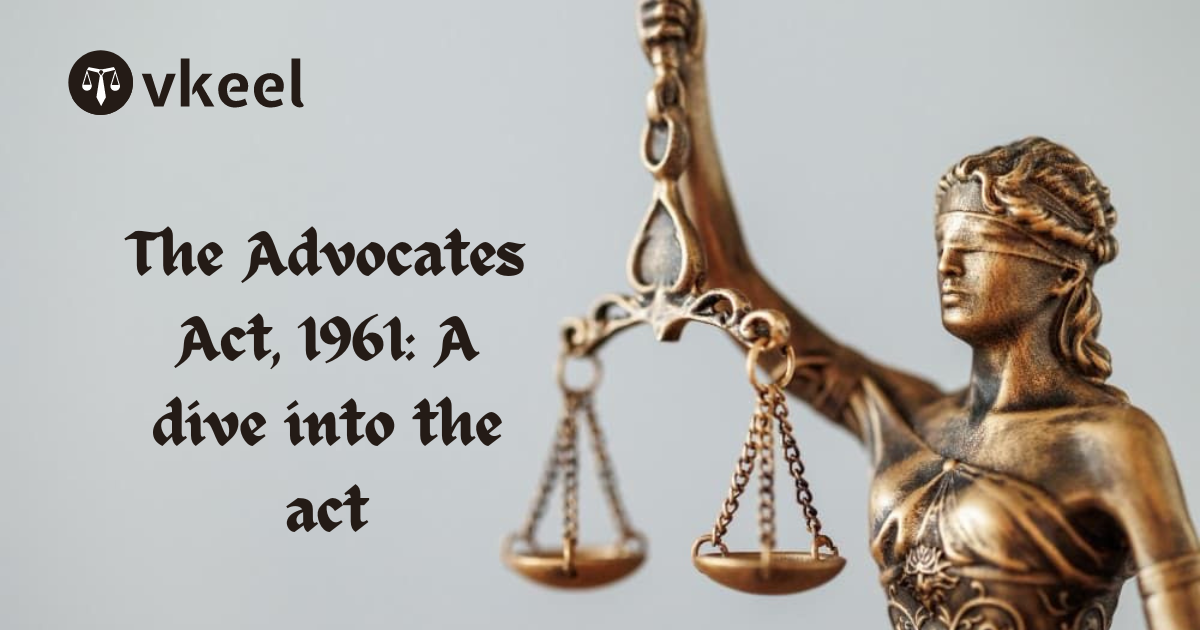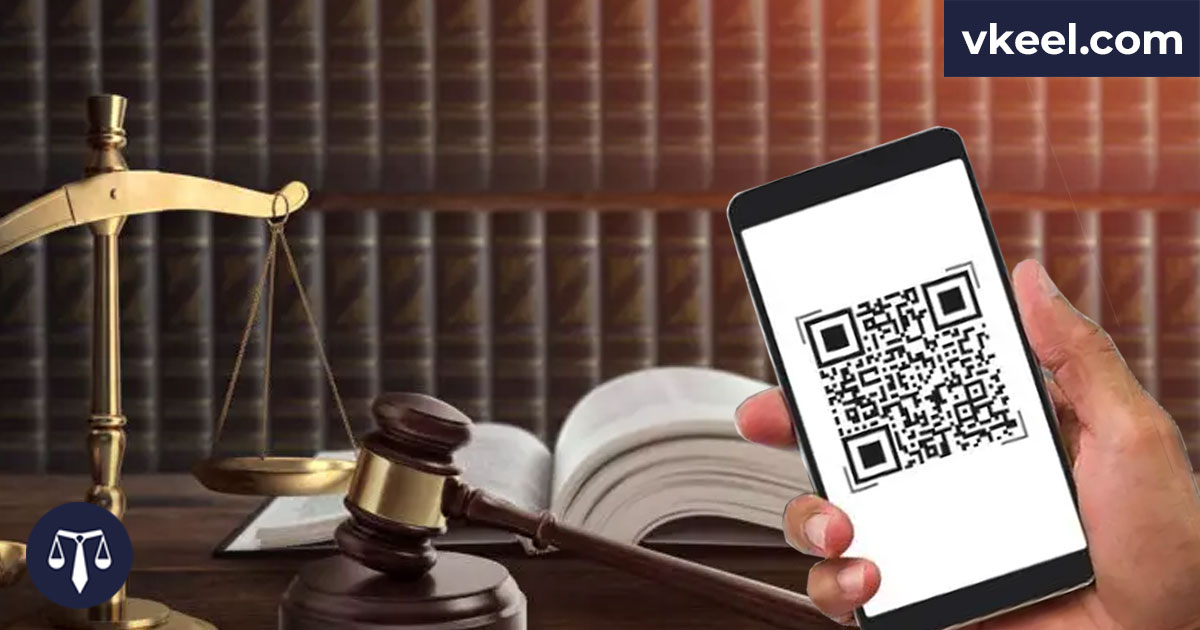Criminal conspiracy under IPC : An analysis through various judicial interpretation
By Advocate Anik
1. INTRODUCTION
1.1 CRIMINAL CONSPIRACY
The criminal conspiracy can be defined as an act when two or more person plans to commit an illegal act, and initiate some steps to execute the same. The action taken by the criminals in criminal conspiracy need not itself be a crime, but it must show that all the people involved in the criminal conspiracy had the knowledge about the plan and they all have intentions to break the law of the land.
In India, the act of criminal conspiracy has been defined under section 120-A of the Indian Penal Code of 1860.
“120A. Definition of Criminal Conspiracy: When two or more person agree to do or cause to be done,
- An illegal act, or
- An act which is not illegal by illegal means, such an agreement is designated a criminal conspiracy:
Provided that no agreement except an agreement to commit an offence shall amount to a criminal conspiracy unless some act besides the agreement is done by one or more parties to such agreement in pursuance thereof.
Consult with: Top Lawyers of India
Explanation. It is immaterial whether the illegal act us the ultimate object of such agreement, or is merely incidental to that object.”[1]
The common law concept of criminal conspiracy was first mentioned in the case of Lord Denman in Jones, “that a conspiracy conviction would charge a conspiracy to perform an illegal act by illegal means”[2], was written by Willies, J.
On behalf of the Judges, the issue was appealed to the House of Lords in Mulcahy v. Reg (1868) L.R. 3H.H. 306 and the House of Lords affirmed at 528 in majority resolution in Quinn v. Leathem, which is as follows:
“A conspiracy consists not merely in the intention of two or more, but in the agreement of two or more to do an unlawful act, or to a lawful act by unlawful means. So long as such a design rests in intention only it is not indictable. When two agree to carry it into effect, the very pot is an act in itself, and the act of each of the parties, promise against promise, actus contra actum, capable of being enforced, if lawful, punishable of for a criminal object or for the use of criminal means.”[3]
2. THE CRIME OF CONSPIRACY
The law of conspiracy is the most complicated law in criminal law. According to Justice Felix Frankfurter “if there are still any citizen interested in protection human liberty, let them study the conspiracy law of the United States.”[4] In India as well it is as complicated as it is in USA.
Talk with: Best Lawyers of India
In the Indian Penal Code, 1860 the term criminal conspiracy was inserted by an amendment in the year 1870 as S. 120A IPC. The Chapter V-A was introduced in the penal code by the Criminal Law Amendment Act (8 of 1913). The sole purpose of this addition was to prevent the commission of crime by stopping them in the very starting stage. The criminal conspiracy in the Penal Code is a punishable offence in two forms, that is, “conspiracy by way of abetment and conspiracy involved in certain offence”. In pursuance of conspiracy there must be an illegal act must take place in order to be punishable.
According to the Indian Penal Code of 1860, four essential ingredients are required for a criminal conspiracy defined under Section 120A.
- An agreement between two or more persons,
- To do an illegal act,
- To do a legal act by illegal means and
- Overt act done in pursuance of conspiracy.
But though we have adopted laws from English laws, there is a slight difference. In English law only first three elements are required to held someone liable of criminal conspiracy, whereas in India as per S.120A all four ingredients are required to commit an offence of criminal conspiracy. In many countries like USA the criminal conspiracy can be completed only by the act of agreement, whereas in India there must be some act done in pursuance of agreement. In Mohd. Khalid v. State of West Bengal[5] and Devender Pal Singh v. State of NCT of Delhi[6], the Supreme Court of Indian summarized the broad essential ingredients of criminal conspiracy after considering the both American and English legal position of criminal conspiracy.
- An object to be accompanied;
- A plan or scheme embodying means to accomplish that object;
- An agreement or understanding between two or more accused persons whereby, they become definitely committed to corporate for the accomplishment of the object by the means embodied in the agreement, or by an effectual means; and
- In the jurisdiction where the statue requires, an overt act.
In order to bring the law of conspiracy in India in tune with the English Law, the court further held that, “the overt act is an unessential element when the conspiracy is to commit any punishable offence”.
Consult with: Top Lawyers of India
One could be held guilty of conspiracy on the mere knowledge of an unlawful act. But as per S.120A and 120B “it is the intent by two or more which is necessary to constitute a criminal conspiracy”. as per the law regarding the criminal conspiracy no overt act is required to held someone guilty of criminal conspiracy, it is the criminal intention on which someone could be held guilty of conspiracy.
3. THE AGREEMENT
To understand practical and theoretical purposes for the crime of conspiracy, it is necessary to understand the formulation of what constitutes a criminal conspiracy. the most necessary and important part of criminal conspiracy is the agreement. It is the punishable agreement of which the criminal conspiracy is constituted of. The punishable agreement is the basic requirement for the formulation of criminal conspiracy.
According to Jurist Paul Marcus, “the crime of conspiracy is the illegitimate agreement, and the agreement is the crime. The agreement is one of the most important aspect of the criminal conspiracy, as it is the basis for the formulation of liability and of all the charges against all the person involved in the conspiracy.”
In India in the case of Mohammad Usman Mohammad Hussain Maiyar and Ors. V. State of Maharashtra[7], it was said by the court that, “for an offence under S. 120B IPC, the prosecution need not necessarily prove that the perpetrators expressly agreed to do or cause to be done the illegal act, the agreement may be proved by necessary implications”. Indulgence is one among an illegal act or a legal act by illegal means is necessary to establish a charge of criminal conspiracy knowledge. In another case of State of (Delhi Administration) v. V.C. Shukla the Indian court observed:
Talk with: Best Lawyers of India
“In order to prove a criminal conspiracy which is punishable under S. 120-B of IPC there must be direct or circumstantial evidence to show that there was an agreement between two or more persons to commit an offence. This clearly envisages that there must be meeting of minds resulting in an ultimate decision taken by the conspirators regarding the commission of an offence. It is true that in most cases it will be difficult to get direct evidence of an agreement to conspire but a conspiracy can be inferred even from circumstances giving rise to a conclusive or irresistible inferences of an agreement between two or more persons to commit an offence.”
When two or more persons come into a agreement to do an unlawful act or a lawful act by unlawful means then, that very moment is an act in itself and act of each of the parties, promise against promise, actus contra actum, capable of being enforced, if legally, punishable for a criminal object or for use of criminal means. And if court find out there is mere proof of agreement between two or more to an unlawful act, then that proof is sufficient in itself to held someone guilty of crime. This was said in the case of Ram Nayak Popli v. CBI[8].
3.1. PROOF
The crime of criminal conspiracy is a little bit difficult to prove, as the nature of crime is secrecy and the real truth is in the mind of people involved in the conspiracy. the investigating agency plays a very important role in uncovering criminal conspiracies. The criminal conspiracies are psychological offence and they are quite difficult to prove as the real offence lies in the mind of the conspirators and their communications is always secret and covered in a secret code language.
The offence of conspiracy is difficult to prove. So, to prove a criminal conspiracy we have to look into the circumstantial evidence or the direct evidence. As the conspiracies are not open, they are secret in nature, they are always concealed and planned secretly. In the lack of direct evidence, circumstantial evidence is important to link the criminal conspiracy with the accused.
Section 10 of the Indian Evidence Act introduced a doctrine known as the “doctrine of agency”, as per this section, “anything said, done or written is a relevant fact for the purpose of proving the existence of the conspiracy and the conspirator’s mere members of the conspiracy”[9]
In the case of Assassination of the Indian Prime Minister, Smt. Indira Gandhi, there was lack of direct evidence in order to prove a conspiracy, but with the help of Section 10 of the Indian Evidence Act, it became easy for the court to constitute a prima facie evidence of conspiracy against Kehar Singh (one who was accused).
Consult with: Top Lawyers of India
4. CONCLUSION
Criminal conspiracies, or cooperation in crime by many individuals presents a larger threat to a society than the individual delicts. Combined actions of many individuals to commit an offence increases the chances that the criminal intention would be successfully accomplished. Criminals forming group to committing an offence makes possible the attainment of difficult task very easy as compared to what one criminal could accomplish. As a result, the conspiracy is not confined to the objective offence, which is the immediate purpose of the group. As of this it generates greater threat to the people living in the society.
The conspiracy to commit an offence which is unlawful is unclear and covers a wide range of criminal offences. In this respect, the law still requires legislative alterations and its application can be restricted to the decision of the heads of offences.
Disclaimer:
The information provided in the article is for general informational purposes only, and is not intended to constitute legal advice or to be relied upon as a substitute for legal advice. Furthermore, any information contained in the article is not guaranteed to be current, complete or accurate. If you require legal advice or representation, you should contact an attorney or law firm directly. We are not responsible for any damages resulting from any reliance on the content of this website.












